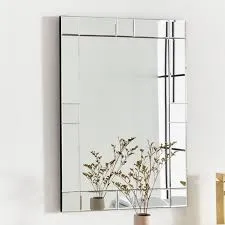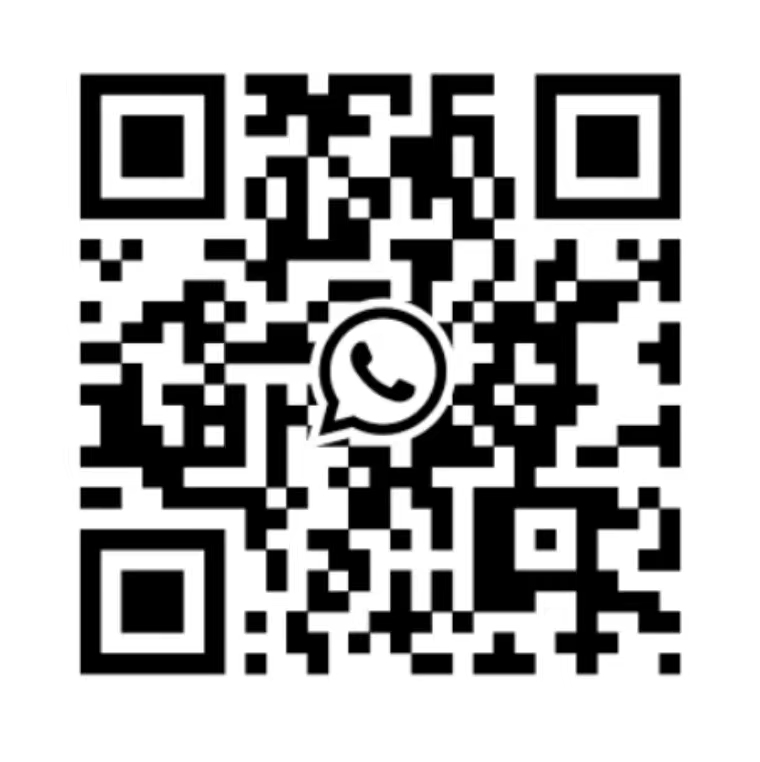Mirrored glass is a Glass with a reflective metallic coating, as used for mirrors. To produce mirrored glass, a metal coating is applied to one side of the glass. The coating is gene

rally made of silver, aluminium, gold or chrome. For simple mirrored glass, a fully reflective metal coating is applied and then sealed with a protective layer. To produce “one-way” mirrors, a much thinner metal coating is used, with no additional sealing or otherwise opaque layer.
There are many types of mirror, each with varying purpose and design. Generally we can divide them into four groups : silvered, silver tinted mirrors, silver safety mirrors and non-silvered mirrors.
Silver Mirror
SILVERED MIRROR
Silver mirrors are the group of mirrors where the main coating is silver.
Clear Mirror: Clear glass with a silver backing, copper and paint. This is the standard mirror used in the majority of applications.
Ultra Clear Mirror: Made with glass with a reduced iron content. The glass itself does not have the very slight greenish tinge in found in clear mirror, making it appropriate for fur salons and all white interiors where absolute clarity is a must.
Antiqued Mirror: Coatings or tints are applied to make the mirror look as if it has deteriorated with age.
Concave Mirror: Glass is curved inward, and then coated, creating enlarged reflections. Useful as a grooming aide.
Convex Mirror: The glass curves outward, creating reduced reflections. It can be either decorative or a useful tool in parking garages or busy corridors to help people see around the corner.
First-Surface Mirror: Whereas standard mirror has the reflective coating on the back of the glass, this coating is on the front. Highly fragile, it is optical mirror for cameras and kaleidoscopes. Occasionally it is used by designers and artists.
SILVERED TINTED MIRRORS
In the production process the silver coating is applied to one of the various tinted glass substrates available on the market. Tinted mirrors are generally used in decorative applications where colour and diminished light reflection are desirable.
SILVERED SAFETY MIRRORS
Tempered Mirrors: These are manufactured using fully tempered glass as the substrate. There are optical characteristics inherent in tempered mirrors, including roll distortion and the lack of a quality surface for silvering.
Laminated Mirrors: These are manufactured by combining clear glass, either annealed, heat-strengthened or fully tempered, and mirrored glass.
Safety Backed Mirrors: These are known as Organically Coated Mirrors. These are manufactured by applying a sheet of adhesive backed polyethylene material to the back of annealed mirrors. The backing material does not prevent breakage of mirrors, but lessons the potential of injury on impact by retaining the fragments.
NON-SILVERED MIRRORS
Pyrolytic Mirrors: These are highly reflective coated glass products with performance characteristics approaching that of silvered mirrors. This product is promoted for use in shower doors and other areas where moisture can affect the substrate of silvered mirrors.
Transparent/Two-way Mirrors: These

are composed of reflective glass products, and as such are not silver mirrors. They are designed to permit vision through one direction while giving the appearance of a standard mirror from the opposite side. Their major application is to permit undetected observation for study or surveillance in interior conditions such as learning centers in schools and universities, medical and psychiatric clinics, and security stations in casinos or high-traffic retail stores. The transparent mirrors work by reducing the visible light transmittance through the glass. To ensure proper performance the room lighting design and surrounding conditions must be carefully planned and executed.
Metal Mirror: Highly polished sheets of metal used in areas that require utmost safety and security.
Plastic sheets are coated with metal to make them reflective. While they have less optical clarity, are softer and easier to scratch than glass mirrors, they have usefulness in crafts, displays, childrens furniture and toys.
Mirrored glass is gaining a more prominent place in architecture, for important functional reasons as well as for the aesthetic effect.











